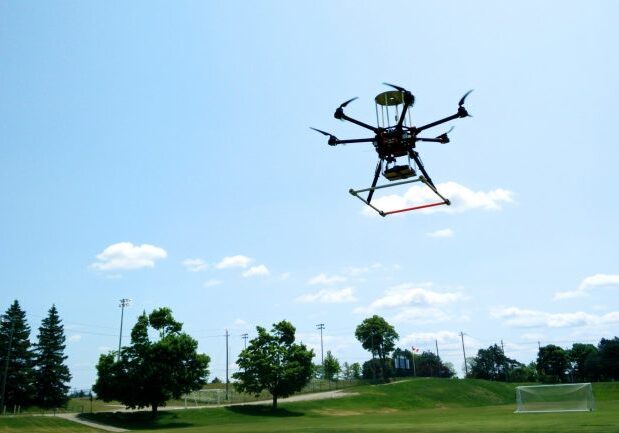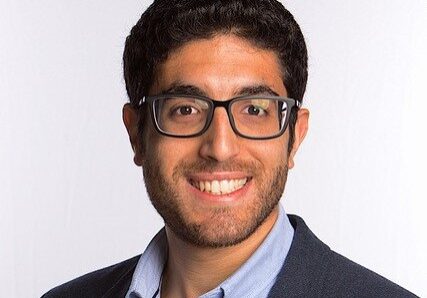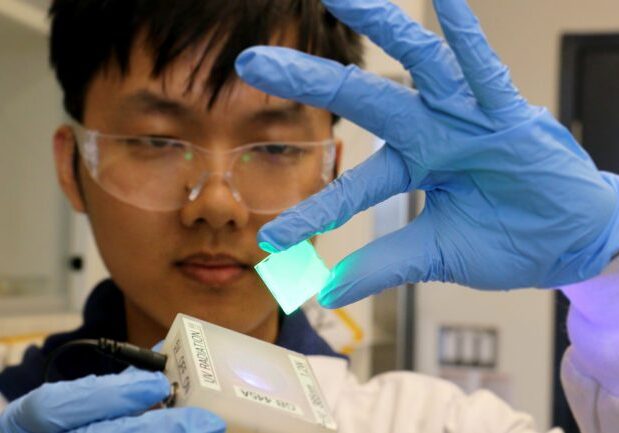
New academia-industry partnership to accelerate the search for materials for sustainable energy and smartphones
A new consortium of world-leading researchers and industry partners looks to use artificial intelligence to flip the materials discovery process on its head
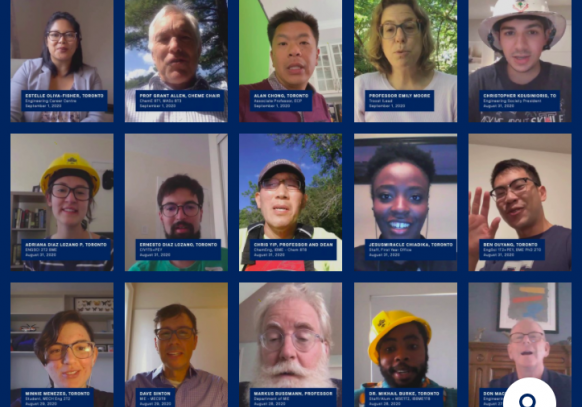
U of T Engineering community rallies together to record messages of support for Back to Skule™
“Stay calm and be you” — professors, alumni, students and staff share advice and encouragement
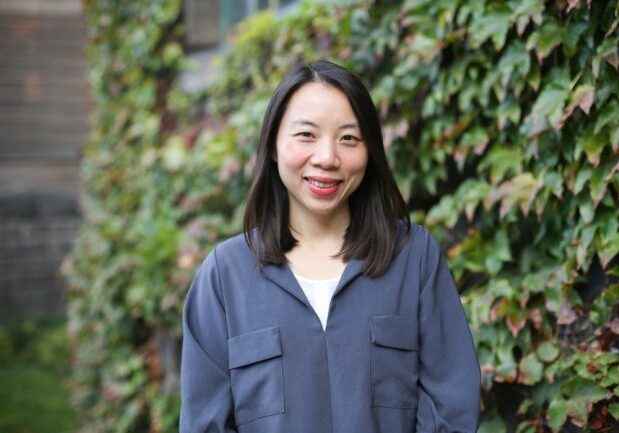
Professor Aimy Bazylak elected to the Royal Society of Canada’s College of New Scholars, Artists and Scientists
Expert in next-generation fuel cells and electrolyzers recognized as one of the country’s emerging intellectual leaders
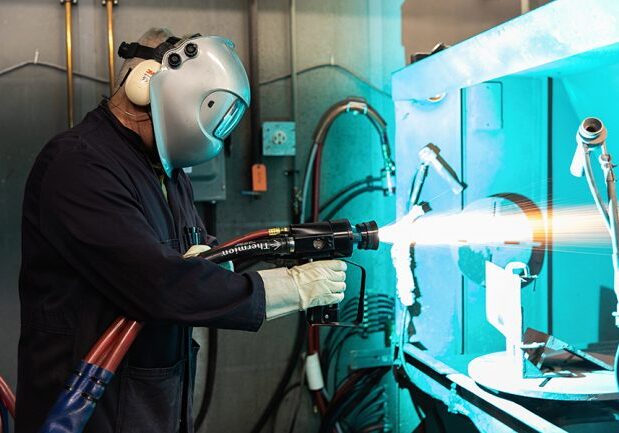
Anti-viral copper coatings could help slow transmission of COVID-19
Professor Javad Mostaghimi (MIE) and his team are using their coating expertise to enhance the functionality of face masks
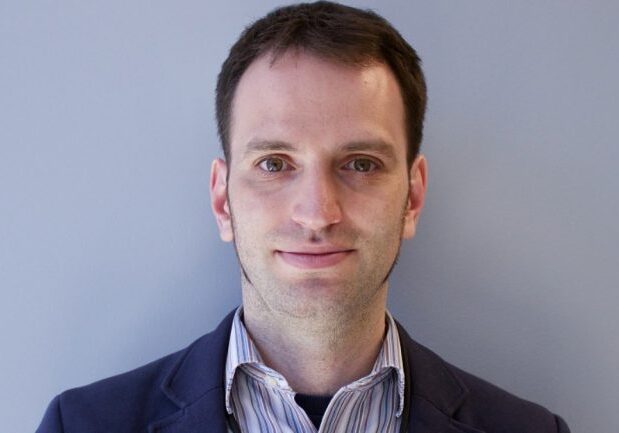
New faculty member Michael Guerzhoy joins EngSci, MIE
Machine learning and statistics expert encourages incoming students to ‘think big and stay curious’
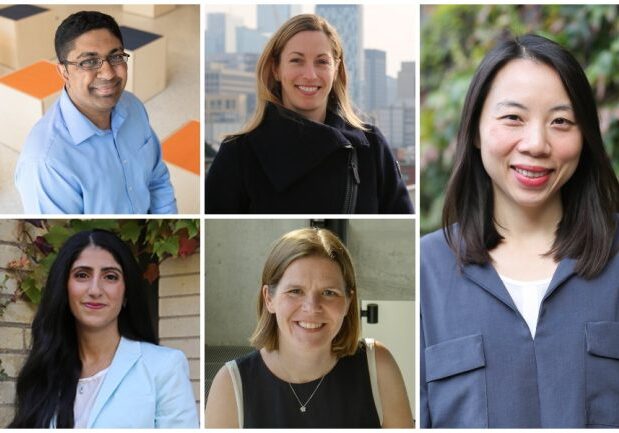
Five U of T Engineering professors on how they’re preparing for an unprecedented Back to Skule™
Instructors reimagine approaches to teaching as the Faculty gears up for a remote start to fall term
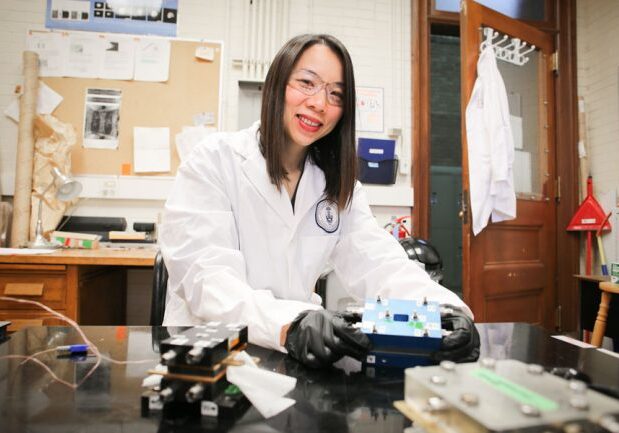
McLean Award recipient Aimy Bazylak is creating new technologies for sustainable energy
Funding will enhance a research program in fuel cells and electrolyzers, which can provide low-emission electricity infrastructure

